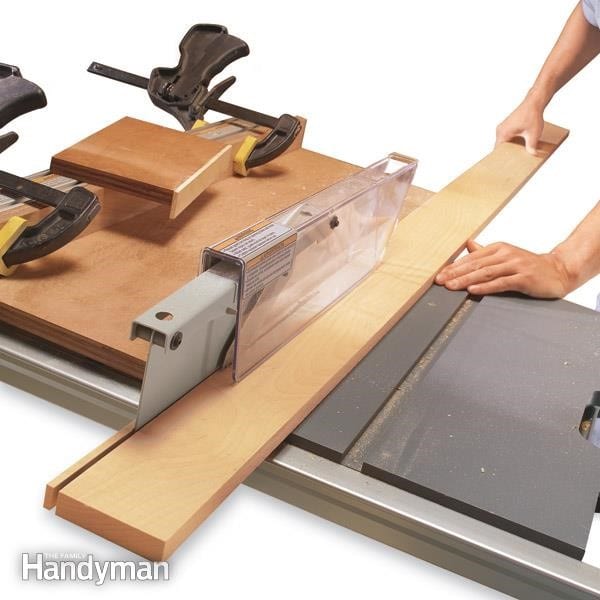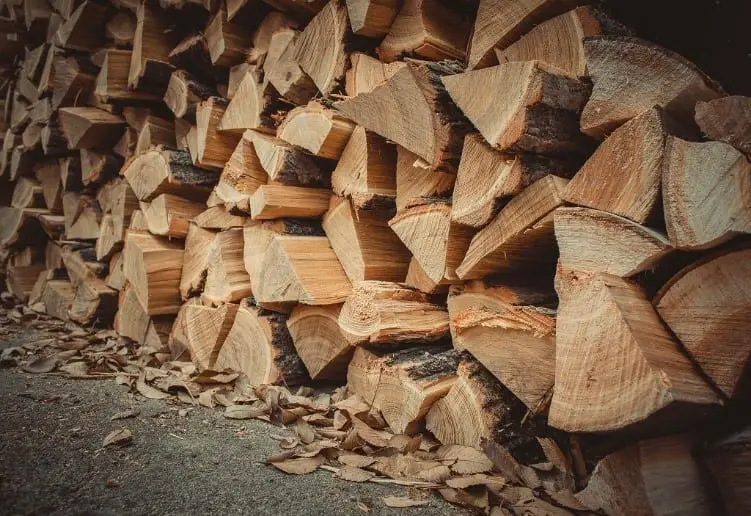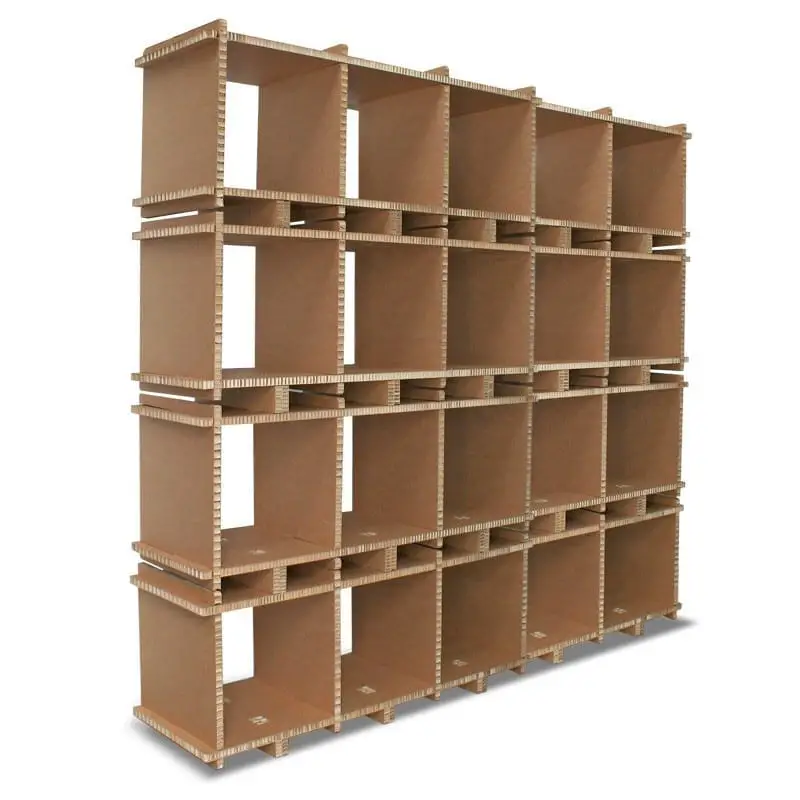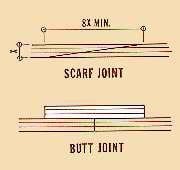I have always believed that the secret to having a high-quality output is on the quality of the materials used. Hence, it is as essential for me to make sure the wood I am using for all my woodworking projects are perfectly and evenly cut. To achieve this, I should be keen and efficient when preparing it for use.
The process can be a bit tricky when you don’t have the sequential list of what to do. And it could take a lot of your time, just by doing that process alone. And because of that, I believe putting this 8 steps in preparing wood for your woodworking project can somehow be a helpful guide before starting on your project.
Step by Step Instructions For Preparing Wood
Step 1: Cut rough wood to size
When purchasing wood, normally you will be given the option of buying a rough or surfaced cut. By the name itself, rough lumber is coarse and came straight from the mill while the surfaced are already cleaned and smoothen, and ready to use.
Opting to buy the rough cuts are more preferred by most wood workers because it is, of course, thicker, and by cleaning the surface, yourself gives you the full control of how you want the lumber to look and measure depending on your project and tasks.
You can start by cutting the rough wood about 1-inch from the end of the board. It is common for lumber to have checks, which are small cracks found around it. It is important that it should be removed as it is not only unpleasant to look at but may grow bigger and ruin the whole piece later on.
Once all these checks are eliminated, you can go ahead and cut the pieces you need. Allow at least about 1” extra length from your desired size using the miter saw, or the radical-arm saw.
Step 2: Flatten the best side of the wood using a jointer
A jointer is an effective and reliable power tool to flatten the surface of the wood and perfectly square the edges. When using it, you should set the depth of cut on the jointer for efficient performance. For the precise cuts, you may want to make a couple of passes or possibly more to ensure you will get your desired result. Don’t forget to put a mark on this jointed side to avoid any confusion when working as you progress.
Before using the jointer though, it is important to get yourself familiarize with its capacity and limitations as each model has length and width boundaries. Make sure that you are using the model that can carry out your task.
Step 3: Flatten one edge using the jointer

The same as the preceding step, you need to pick one edge on the board to be flattened in the jointer. Though you may find some techniques and tricks in flattening without the use of a jointer, it is still recommended to use one because it is proven to be more precise, consistent and has better performance and quality of the output.
When jointing the edge, face joint your stock so that the face will be flat against the jointer’s fence for better results. Mark this flattened edge, so you can identify this side that is jointed easily.
Step 4: Plane the other side of the board
The opposite side of the board on the other hand will be flattened and smoothened through the use of the planer. A planer is a great use to mill the wood to your desired and preferred thickness by simply setting the cut depth. Just like the jointer, you will be required to take several passes before achieving the exact outcome you need for your project.
Planer is especially used to even out irregular pieces and parts of the wood. It is suggested to leave at least 1/32 inch extra thickness for the removal of machine marks.
Step 5: Cut the other edge using a table saw

Using the table saw, you can carefully cut the reference edge against the fence. By doing so, first, mark the board to get the exact dimension, then align it with the fence before making the final cut. Allow about 1/16 inch extra for jointing later on.
Table saw is one of the sharpest power tools. Hence you need to take extra care when operating it. After each cut, make sure to turn off the saw before removing the cut off pieces. It is highly advised not to use the rip fence as a guide when cutting, as it is hazardous and result in uneven cuts.
Step 6: Run the sawed edge on the jointer
After sawing the edges, smoothen it using the jointer to eliminate all the saw marks. Remember to set the cut depth approximately about 1/64 inch, or as thinly as possible. Be careful and precise, and leave about 1/32-inch extra width. The added inches are the allowance for the final removal of the saw marks after running it on the jointer.
Step 7: Cut the best end of the square

After making sure that all edges and sides are even and smooth, and free of any checks, you can start cutting your chosen best end at a minimal amount, not more than ¼ inch first. Using the table saw, or miter saw, you can now cut the end at 90 degrees angle.
Using miter saw can give you accurate angle cuts because it is adjustable to your desired measurement. It is usually set to a default 90 degrees, so that will not be very tricky for you to set it up.
Step 8: Cut the other end of the square to length
As the final step of this process of preparing wood for your woodworking project, cut the remaining end to final length using either the table saw, or miter saw, as well. Still, leave about 1/32-inch for the smoothing after all the cuts have been made. When done, you are now all set and ready to start working on your project.
Conclusion
Preparing the wood, you will use as important as acing your woodworking project because it will command the durability and quality of your final output. While going over each item on the list, did you find it helpful in your preparation for your woodworking project? How did you find the whole process?
The stores can probably offer us ready-made wood pieces and hassle free work, but for me preparing it yourself gives you the assurance that the wood is cut perfectly to meet your needs. You can also bet on the exact measurement and durability and at the same time control the sizes and dimension. Hence I find having lists like this useful and important especially for those doing some woodworking projects.
You may have your own designed steps and techniques in preparing a wood or have other ideas regarding this list, which you can write in the comment section below. And if you find this interesting, hope you can share it with others too.





